Have you ever heard of Nagaaski?
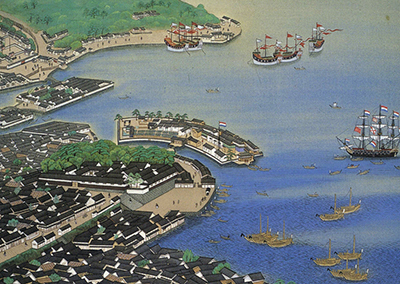
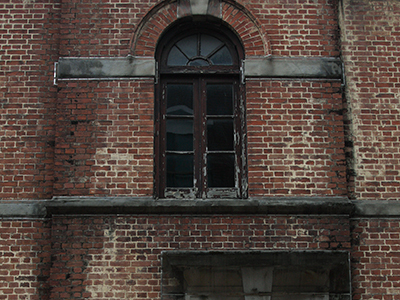
Nagasaki is a prefecture located at the west end of Japan, consists of 971 inhabited and uninhabited islands. The coastline of around 4,200 km is deeply indented, and there are 83 harbors in total. These geographical features have made Nagasaki the center of trade business since old times. One of the major industrials which sustained export during golden age was long-established pottery. A number of finest porcelains were produced in Nagasaki and they were exported to the world.
In the 17th century, trading houses were built one after another in Nagasaki, and foreign merchants such as Chinese, Portuguese, Spanish, British, and Dutch lived and conducted international trades there. Chinese and western cultures were brought into Japan and Nagasaki became an international city with a culture that is a mixture of East and West. Many exotic historical buildings still remain within the prefecture.
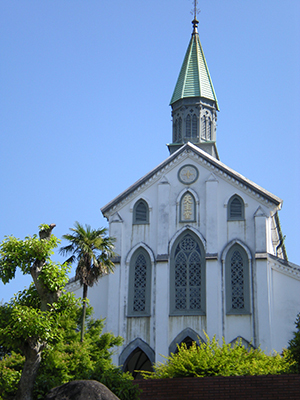
Nagasaki was also the window through which Christianity first arrived in Japan. After Francis Xavier came to Japan in 1549, the number of Christians increased in the region due to missionaries from Spain and Portugal ardently propagating Christianity. The feudal government, however, issued the Ban on Christianity and also broke relations with western countries except for Holland by issuing a national seclusion order with an aim to put a complete ban on Christianity. About 300 years later, Japan marked the end of a long period of isolation in 1858, and also the practice of Christianity was finally legalized in 1873. There are plenty of churches in Nagasaki that show a fusion of Japanese and Western traditional construction methods. It is quiteintriguing to see a view that temples and the churches are standing nearby.
As seen from above, Nagasaki played an important role in Japanese history and established its unique culture through engagement with foreign countries. It is certain that you will enjoy the atmosphere that you have never experienced before.
Kujuku-Shima (Ninety-Nine Islands)
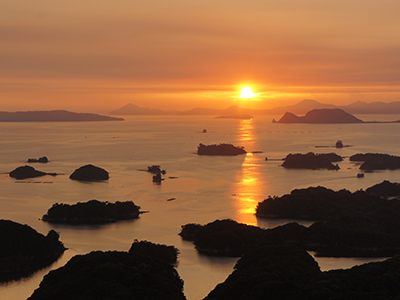
‘Kujukushima’ literally means ‘99 Islands’ but it actually stands for ‘something uncountable’. In fact, there are 208 islands, both large and small, are clustered together in the National Park.The beautiful scenery and rich natural environment have been protected. Especially the view of the sun slowly setting into the sea is extremely stunning. The evening view was featured prominently in the opening scenes of the film The Last Samurai as an emblem of Japanese coastal beauty. You can take an excursion boat, or enjoy a view of the beautiful green islands floating in the deep blue sea from various observatories.
Hashima (Gunkanjima)
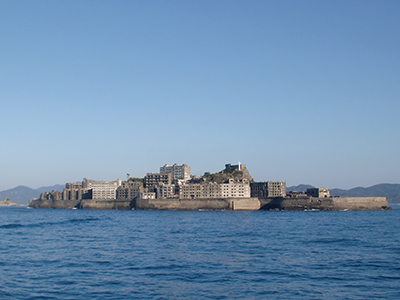
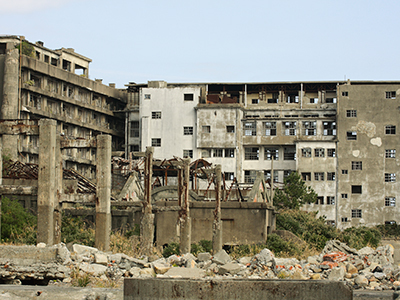
Since the silhouette of the island looks like a battleship, Hashima is also known by its nickname “Gunkanjima” (means “Battleship Island” in Japanese). Until 1974, the island had served as a coal mine since 1810 when coal was first discovered on Gunkanjim. More than 5000 residents lived and worked on the small island.In April 1974, the mine was closed, and its residents had to leave Gunkanjima, abandoning the island with all its buildings.Due to the danger of collapsing structures, Gunkanjima was closed to the public for many years. However, a newly constructed boat dock made it possible for sightseeing tour boats to land on Gunkanjima. This island has been added to the List of UNESCO World Heritage Sites for its historical value based on its industrial heritage in 2015. It has been getting more attention as it was the model for the “Dead City” in the James Bond movie “Skyfall” (2013). "Attack on Titan" (2015) was also filmed on this island.
Nagasaki Peace Park
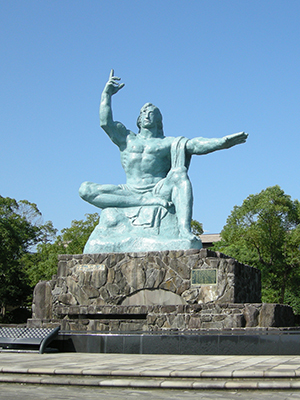
The Nagasaki Peace Park, established in 1955, commemorates the atomic bombing of Nagasaki of August 9, 1945, which wiped out precious lives of 74,000 people and turned affected areas into ashes in an instant. The park is home to the massive Peace Statue which was created to represent the wish for world peace and a vow that such a tragic war would never be repeated. The statue's right hand points to the threat of nuclear weapons while the extended left hand symbolizes eternal peace.

